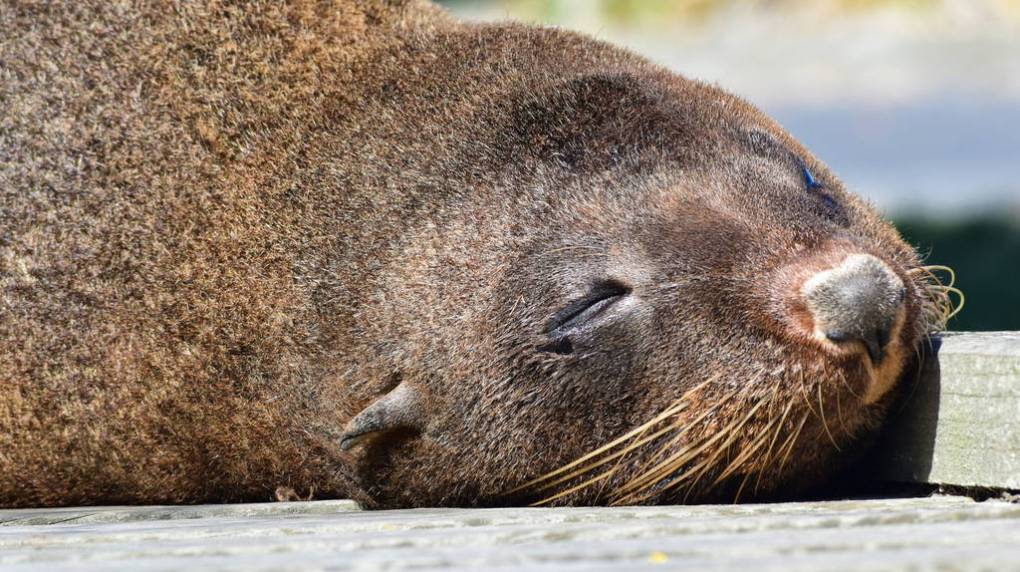We are lucky enough to share our big blue back yard with these special guys! If you have a keen eye you may come across these guys tucked into the rocks sleeping, playfully swimming, or sun bathing on the rocky ledges of the marine reserve. The NZ fur seal displays many unique features including its size, range, diet and life cycle.
How Can I Tell If I See a Nz Fur Seal?
NZ fur seals are so special! Fur seals and sea lions are distinguished from other seals by their external ear flaps and hind flippers which rotate forward, allowing them to move quickly on land.
New Zealand fur seals can be distinguished from sea lions by their pointy nose and smaller size. In New Zealand, fur seals also tend to be found on rocky shorelines, whereas sea lions prefer sandy beaches.
This pointy-nosed seal has long pale whiskers and a body covered with two layers of fur. Their coat is dark grey-brown on the back, and lighter below; when wet, look almost black. In some animals the longer upper hairs have white tips which give the animal a silvery appearance. The New Zealand fur seal/kekeno feed mainly on squid and small mid-water fish but also take larger species such as conger eels, barracuda, jack mackerel and hoki, mostly off the continental shelf.

Dive Patterns
New Zealand fur seals diving patterns mimics their prey..they stay very deep underwater during the day, and then come closer to the surface at night. They dive deeper and longer than any other fur seal. Female fur seals on the West Coast are known to (occasionally) dive deeper than 238 m, and for as long as 11 minutes. Fur seals feed almost exclusively at night, when prey is closer to the surface, as deep as 163 m during summer.
Their summer foraging is concentrated over the continental shelf, or near the slope. They will dive continuously from sundown to sunrise.
In autumn and winter, they dive much deeper, with many dives greater than 100 m. Some females dive deeper than 240 m, and from satellite tracking they may forage up to 200 km beyond the continental slope in water deeper than 1000 m!
Help Us Protect Our Marine Reserve
- No fishing of any kind.
- Don’t take or kill marine life.
- Don’t remove or disturb any marine life or materials.
- Don’t feed fish – it disturbs their natural behaviour.
- Take care when anchoring to avoid damaging the sea floor.

Emergency Hotline
Call 0800 DOC HOT (0800 362 468) immediately if you see anyone catching, harming or killing native wildlife. This is a FREE call when travelling in NZ
